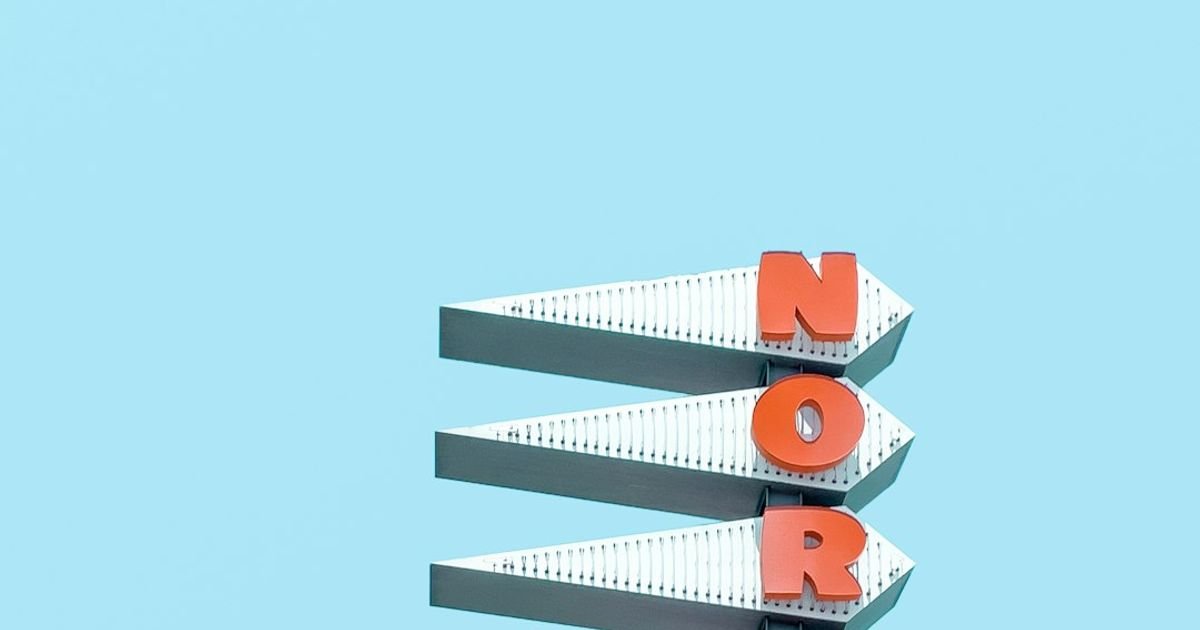About Prompt
- Prompt Type – Dynamic
- Prompt Platform – Google Veo
- Niche – Sci-fi media
- Language – English
- Category – Design
- Prompt Title – Futuristic poster design prompt Veo
Prompt Details
—
### **Optimized Google Veo Prompt: Dynamic Sci-fi Poster Reveal**
**[PROMPT START]**
**[SCENE]:** A cinematic, high-fidelity 4K UHD reveal of a dynamic, animated poster for a fictional sci-fi epic titled “CHRONOS ASCENDANT”. The entire sequence should feel like a premium motion graphics title sequence, culminating in the final poster composition.
**[SEQUENCE OF EVENTS & DYNAMIC MOTION]:**
1. **(0-3 seconds):** The scene opens on an obsidian black void. A single, shimmering mote of cyan light pulses gently. Suddenly, intricate, glowing lines of a complex star map, resembling neural pathways, erupt from the mote and rapidly trace across the screen with elegant, fluid motion, forming the background grid of the poster. The motion should be fast but smooth, like liquid data flowing through circuits.
2. **(3-7 seconds):** From the center, a highly-detailed 3D model of the main subject materializes through a sophisticated particle effect, as if being assembled by a nanite swarm. The subject is a lone, androgynous astronaut. Their helmet is a seamless, polished chrome sphere reflecting the newly formed star map. The suit is a blend of biomechanical muscle fiber and matte black carbon plating, with subtle, pulsating amber light running through its conduits. The astronaut is floating in a zero-gravity pose, one hand reaching forward.
3. **(7-10 seconds):** As the astronaut fully forms, a massive, abstract celestial object begins to phase into view behind them. This object is a fractured, crystalline ringed planet, with shards of reality glitching and warping around its edges. Create a strong parallax effect where the astronaut moves slightly forward while the celestial object drifts slowly in the background, giving the scene immense depth. The lighting shifts, with the fractured planet casting dramatic, volumetric rays of light and long, soft shadows across the astronaut’s suit.
4. **(10-14 seconds):** The typographic elements animate into place with a sharp, digital precision.
* **Title:** The words “CHRONOS ASCENDANT” are constructed letter by letter from razor-thin, holographic shards of light. The font is a custom, wide-set sans-serif, minimalist yet imposing. Once formed, it settles at the bottom third of the frame with a subtle, glowing flicker.
* **Tagline:** Beneath the title, the tagline “The Future is a Memory” types itself out in a smaller, clean, monospaced font with a soft, neon blue glow.
* **Credit Block:** A minimalist credit block fades in subtly at the very bottom.
5. **(14-16 seconds):** All elements are now in place. The camera executes a final, very slow dolly zoom outwards, revealing the full composition. The entire image freezes for the last second, solidifying into the final, breathtaking poster art. Add a final layer of subtle atmospheric effects: drifting cosmic dust motes and a faint, anamorphic lens flare that sweeps across the screen.
**[AESTHETICS & STYLE]:**
* **Overall Mood:** Awe-inspiring, mysterious, sophisticated, and slightly melancholic. A fusion of sleek, hard-surface sci-fi and cosmic wonder.
* **Artistic Influence:** Inspired by the visual language of “Blade Runner 2049” (Denis Villeneuve), the minimalist compositions of Syd Mead, and the textural detail of “Dune” (2021).
* **Color Palette:** Dominated by deep indigos, obsidian blacks, and cosmic purples. Accented with sharp neon cyan, electric amber, and the iridescent sheen of chrome. Avoid primary colors.
* **Texture & Materials:** Focus on hyper-realistic textures: the brushed metal of the suit, the crystalline refractions of the planet, the soft glow of holographic text, the subtle grain of a high-end cinematic camera.
**[TECHNICAL DIRECTIVES FOR VEO]:**
* **Camera:** Emulate an Arri Alexa 65 with a 75mm anamorphic lens. Maintain a shallow depth of field to keep focus on the astronaut, with the background elements beautifully blurred (bokeh). All camera movements should be smooth and deliberate.
* **Lighting:** High-contrast, chiaroscuro lighting. The primary key light should originate from the fractured planet, creating strong rim lighting on the astronaut’s silhouette. Fill light should be a soft, ambient glow from the star map.
* **Rendering Style:** Photorealistic, cinematic, physically-based rendering (PBR). Ray-traced reflections on the helmet are crucial.
* **Resolution & Frame Rate:** 4K UHD (3840×2160), 24fps for a true cinematic feel.
* **Aspect Ratio:** 16:9 widescreen.
* **Duration:** Approximately 16 seconds.
**[NEGATIVE PROMPTS / EXCLUSIONS]:**
* **AVOID:** Cheesy or cliché sci-fi tropes (e.g., green aliens, flying saucers).
* **AVOID:** Overly cluttered or busy compositions. Maintain a sense of elegant negative space.
* **AVOID:** Flat lighting, cartoonish effects, low-resolution textures, or jerky motion.
* **AVOID:** Any visible text other than the specified title, tagline, and credit block. No watermarks.
**[PROMPT END]**

